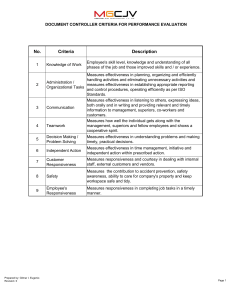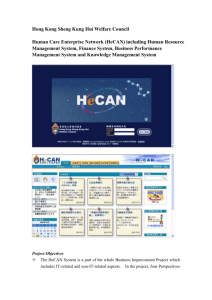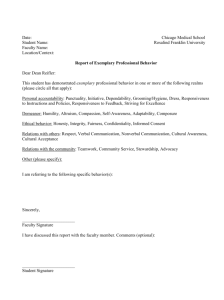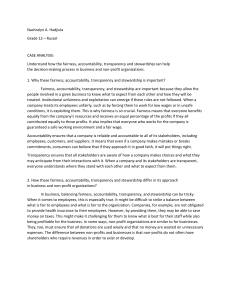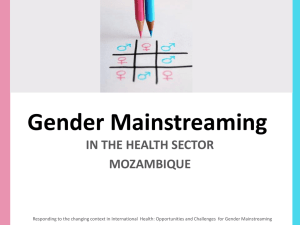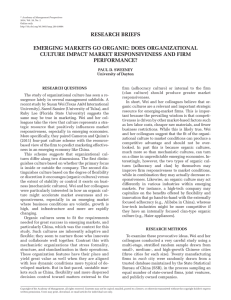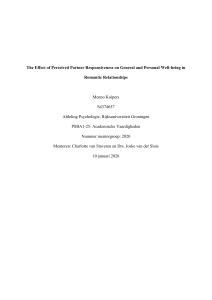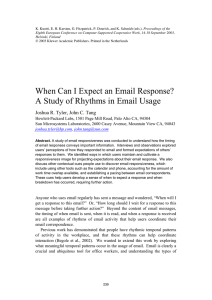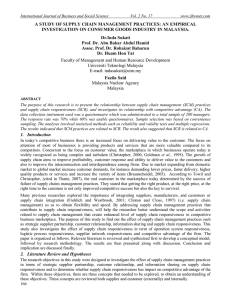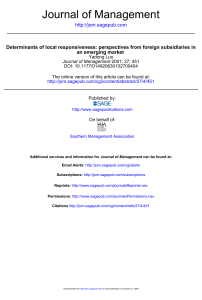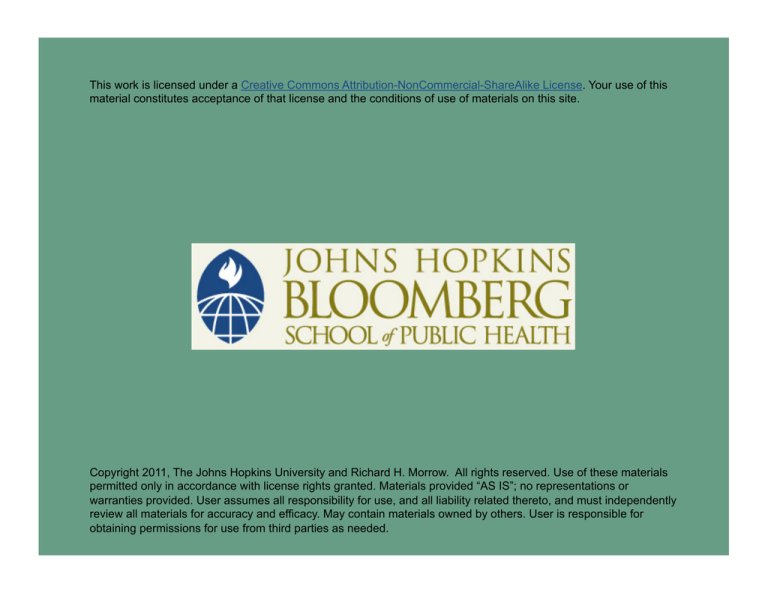
This work is licensed under a Creative Commons Attribution-NonCommercial-ShareAlike License. Your use of this
material constitutes acceptance of that license and the conditions of use of materials on this site.
Copyright 2011, The Johns Hopkins University and Richard H. Morrow. All rights reserved. Use of these materials
permitted only in accordance with license rights granted. Materials provided “AS IS”; no representations or
warranties provided. User assumes all responsibility for use, and all liability related thereto, and must independently
review all materials for accuracy and efficacy. May contain materials owned by others. User is responsible for
obtaining permissions for use from third parties as needed.
Section B
Improving Performance
WHO Report 2000: Health Systems: Improving Performance
Health systems have three fundamental objectives
1. Improve the health of the population they serve
2. Respond to people’s expectations
3. Provide financial protection against the costs of ill-health
3
WHO Report 2000: Health Systems: Improving Performance
Goals
- Good health
-
-
Responsiveness to expectations of the population
Fairness of financial contributions
Functions
- Service provision
- Resource generation
- Financing
- Stewardship
4
Stewardship
Function of a government responsible for the welfare of the
population and concerned about the trust and legitimacy with which
its activities are viewed by the citizenry
-
-
-
Defining the vision and direction of health policy
Executing influence through regulation and advocacy
Collecting and using information
Stewardship—Governance
5
Functions and Objectives of a Health System
Relations between function and objectives of a health system
Source: WHR 2000.
6
Health Systems Performance
Goodness and fairness
- Level
-
Distribution
7
Measuring Goal Achievement
8
Health
Summary measures of overall health
-
-
Mortality
Morbidity
Composite measures
- Health gaps
HeaLYs
-
Health expectations
DALE (used in 2000 WHO Report)
DALYs
QALYs
Others
Measures of health distribution
-
-
Index of equality of child survival (based on a small area vital
registration and DHS data) (used in 2000 WHO Report)
Distribution of DALYs (or HeaLYs) per population according to SE and
vulnerable groups
9
Responsiveness
Respect for persons includes:
- Respect for the dignity of the person
At the extreme, this means not sterilizing the individual
with a genetic disorder nor locking up people with
communicable disease, which would violate basic human
rights
More generally, it means not humiliating or demeaning
patients
Confidentiality, or the right to determine who has access to
one’s health information
-
-
Autonomy to participate in choices about one’s own health
This includes helping choose what treatment to receive or
not to receive
10
Responsiveness
Client orientation includes:
- Prompt attention: immediate attention in emergencies, and
reasonable waiting times for non-emergencies
-
-
-
Amenities of adequate quality, such as cleanliness, space, and
hospital food
Access to social support for people receiving care
Choice of provider, or freedom to select which individual or
organization delivers one’s care
11
Scoring for Responsiveness
12
Fairness of Financial Contribution
Uses an index based on the ratio of total household spending on
health to its permanent income above subsistence (after subtracting
for basic needs [food])
Complete equality of such household contributions in a country
would = 1 and 0 would be the largest degree of inequality observed
across countries
13


